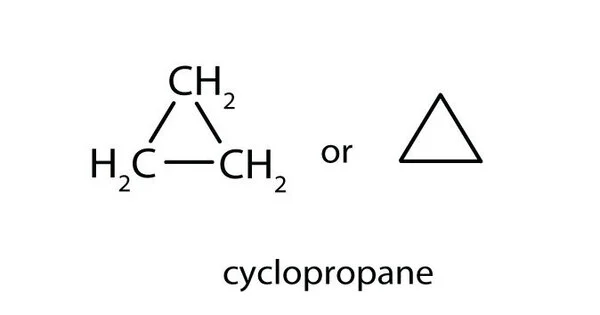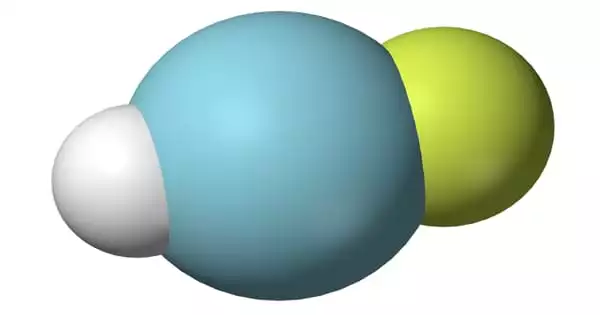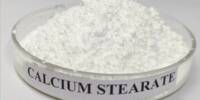Cycloalkenes are a type of cycloalkane, which are cyclic hydrocarbons with at least one carbon-carbon double bond (C=C) in their ring structure. The presence of a double bond causes unsaturation in the cycloalkane ring, making it more reactive than saturated cycloalkanes. Cycloalkenes, like other alkenes, are capable of addition processes such as hydrogenation, halogenation, and hydrohalogenation.
A cycloalkene, also known as a cycloolefin, is a kind of alkene hydrocarbon that possesses a closed ring of carbon atoms and one or more double bonds but lacks aromaticity. Some cycloalkenes, such cyclobutene and cyclopentene, can be utilized as monomers to make polymer chains. Because of geometrical reasons, smaller cycloalkenes are virtually invariably the cis isomers, therefore the prefix cis is often dropped from the nomenclature.
Cycloalkenes have the generic formula CnH2n, where “n” represents the number of carbon atoms in the ring. Cycloalkenes include cyclopropene (C3H4), cyclobutene (C4H6), cyclopentene (C5H8), and so on.
Cycloalkenes require considerable p-orbital overlap in the form of a bridge between the carbon-carbon double bond; however, this is not feasible in smaller molecules due to the increase of strain that could break the molecule apart. In greater carbon number cycloalkenes, the addition of CH2 substituents decreases strain. trans-Cycloalkenes with 7 or fewer carbons in the ring will not occur under normal conditions because of the large amount of ring strain needed.
In bigger rings (8 or more atoms), the double bond may exhibit cis-trans isomerism. This stability pattern is part of the origin of Bredt’s rule, which states that alkenes do not develop at the bridgehead of many types of bridged ring systems because the alkene must be trans in one of the rings.
Cycloalkenes are prevalent in organic chemistry and have a wide range of uses in organic chemical synthesis. They are particularly essential in materials science because they can be utilized as monomers in polymerization operations to form cyclic polymers or copolymers with specified characteristics.
















